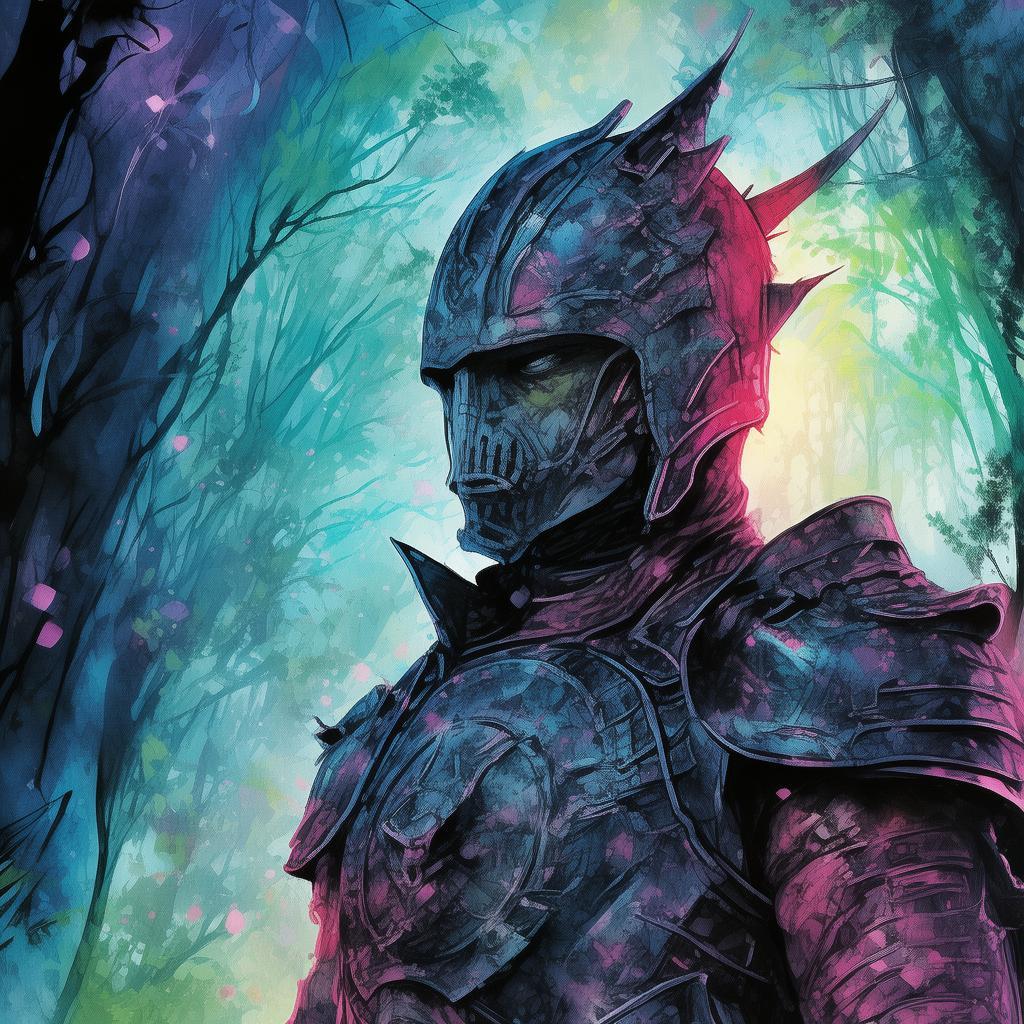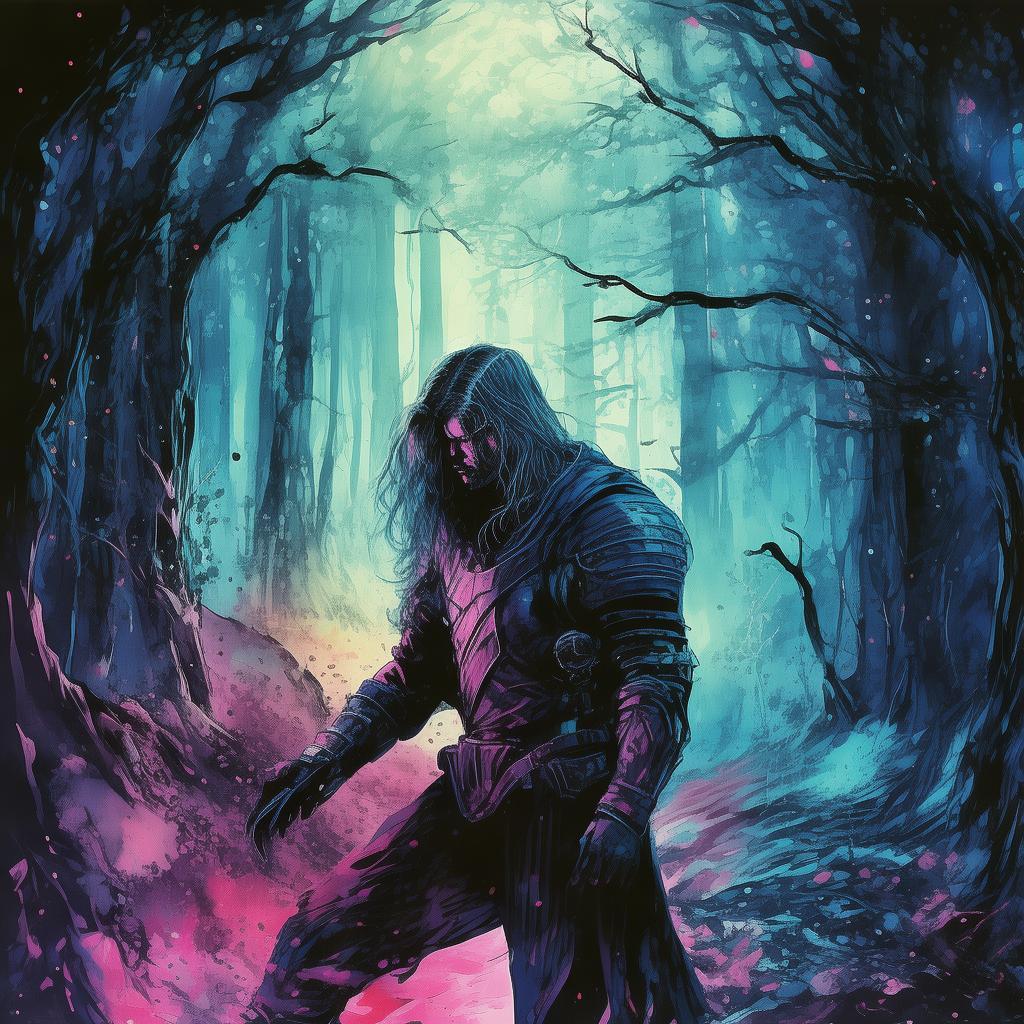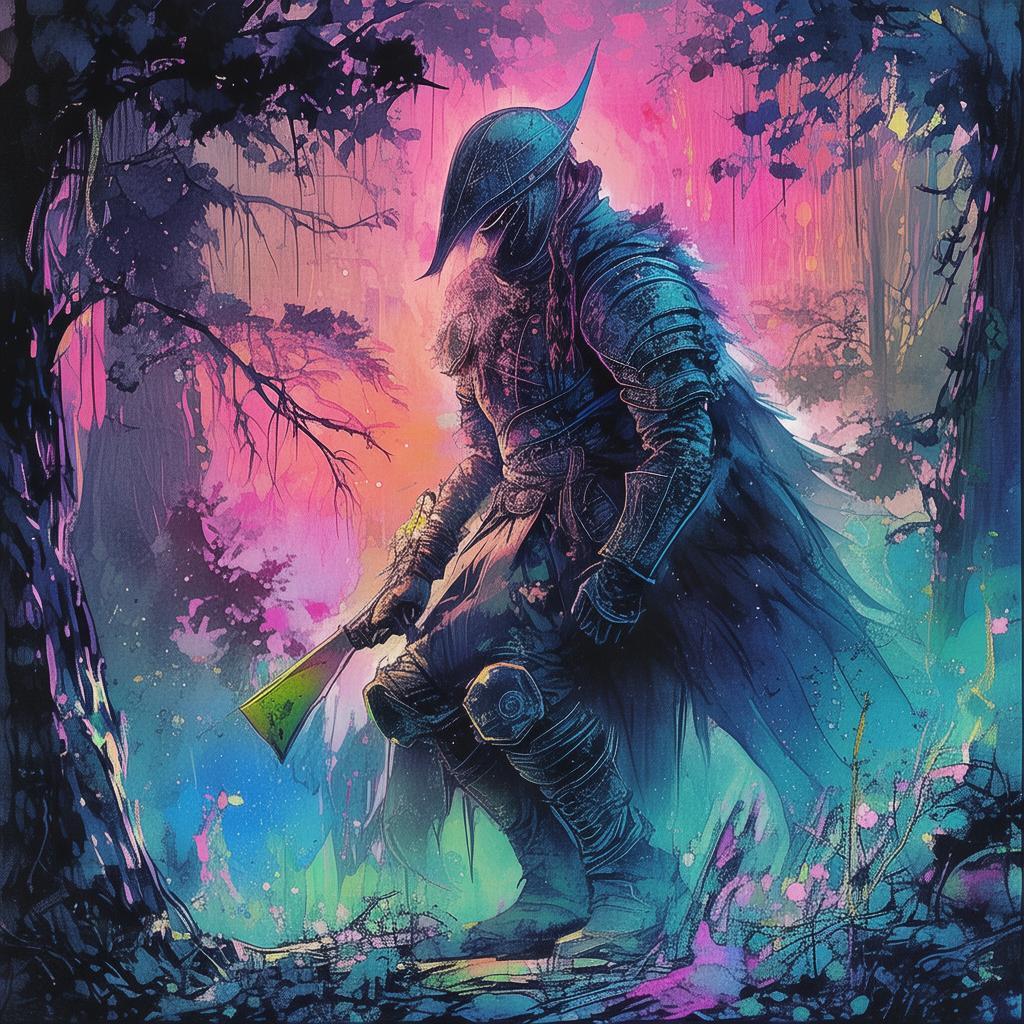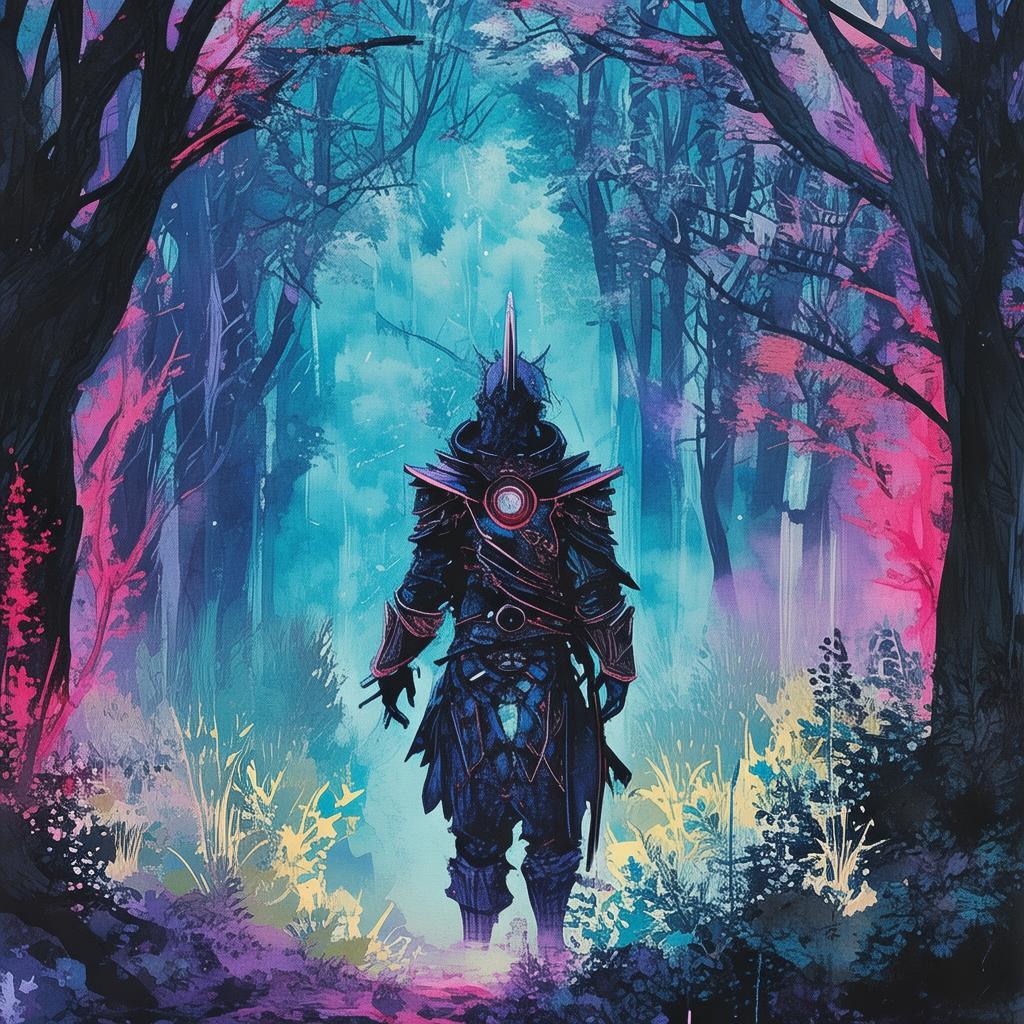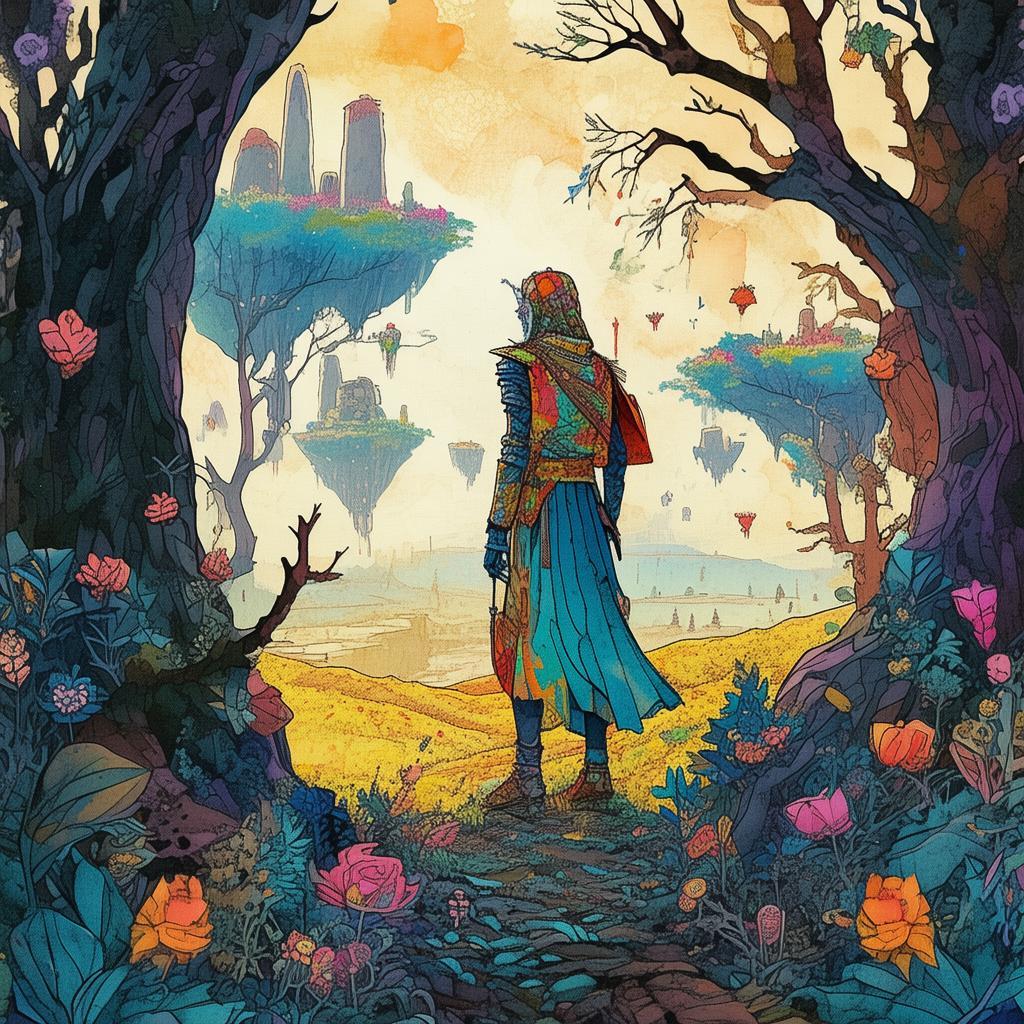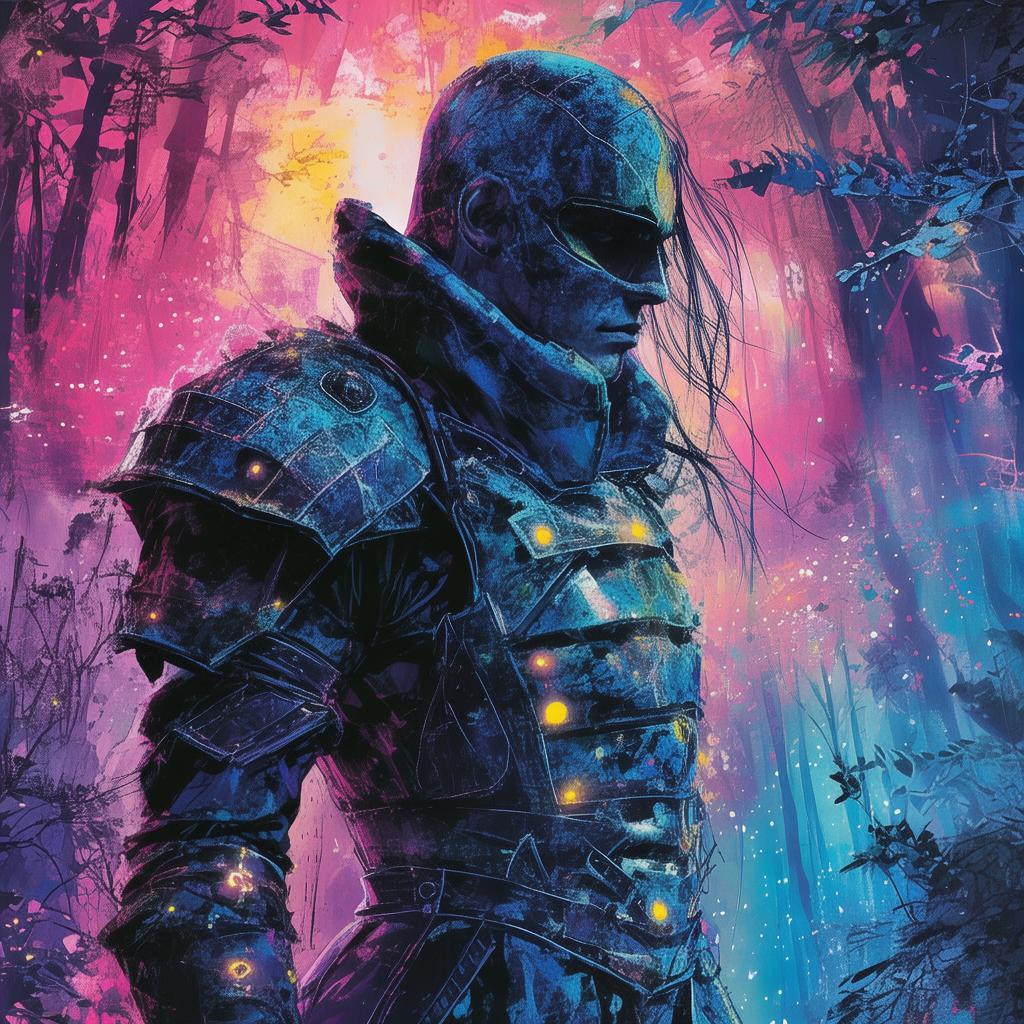The Dragon's Tail: The Mysterious Resurrection
In the heart of the Miao-Han Union, a time of relative peace and cultural exchange, the tale of the Dragon's Tail had been whispered among the villagers for generations. It was said that the tail of a celestial dragon, imbued with the essence of life and power, had been lost during a great battle. The one who found the tail would possess the ability to bring back the dead, a power that could either unite or destroy the empires.
The story begins with a young Miao warrior named Li, whose village had been struck by a mysterious illness that claimed the lives of many. Desperate for a cure, Li set out on a perilous journey to find the Dragon's Tail. His path was fraught with challenges, as he encountered treacherous landscapes, cunning bandits, and the ever-present threat of betrayal.
As Li ventured deeper into the unknown, he stumbled upon an ancient scroll that detailed the legend of the Dragon's Tail. According to the scroll, the tail could be found in the forbidden realm of the Dragon's Spine, a mystical mountain range that was said to be the dwelling place of the dragon itself. The scroll also spoke of a prophecy that foretold the rise of a great leader who would wield the power of the Dragon's Tail for the betterment of the Miao and Han peoples.

Li's journey took him to the edge of the Dragon's Spine, where he met a Han scholar named Mei, who had been researching the legend for years. Mei, too, sought the Dragon's Tail, but for a different reason. He believed that the power of the tail could be used to restore the glory of the Han empire and end the Miao-Han Union, which he saw as a threat to Han sovereignty.
The two travelers soon found themselves in a race against time, as the illness in Li's village worsened and the prophecy seemed to be unfolding before their eyes. Along the way, they encountered a group of Miao warriors who were also searching for the Dragon's Tail, led by a charismatic leader named Hua. Hua, like Mei, sought the tail for power, but his motives were shrouded in mystery.
As the trio delved deeper into the Dragon's Spine, they discovered that the tail was not a physical object but a metaphor for the unity of the Miao and Han peoples. The true power of the Dragon's Tail lay in the collective strength of the two empires, not in the hands of a single individual.
In a climactic battle atop the Dragon's Spine, Li, Mei, and Hua faced off against each other, their weapons drawn and their hearts set on different paths. The battle was fierce, with each fighter displaying incredible skill and determination. In the end, it was Li's selfless act of sacrificing his own life to save Mei and Hua that revealed the true nature of the Dragon's Tail.
With Li's last breath, the tail of the celestial dragon emerged from his body, glowing with an ethereal light. The power of the tail was not in the resurrection of the dead, but in the rebirth of hope and unity between the Miao and Han. The illness in Li's village was cured, and the Miao-Han Union was strengthened, as the people of both empires came together to honor the memory of the young warrior.
The tale of the Dragon's Tail: The Mysterious Resurrection became a symbol of the enduring bond between the Miao and Han, a testament to the power of unity and the enduring legacy of the ancient empires. And so, the legend lived on, inspiring generations to come to cherish the harmony that had once been threatened by the mythical power of the Dragon's Tail.
✨ Original Statement ✨
All articles published on this website (including but not limited to text, images, videos, and other content) are original or authorized for reposting and are protected by relevant laws. Without the explicit written permission of this website, no individual or organization may copy, modify, repost, or use the content for commercial purposes.
If you need to quote or cooperate, please contact this site for authorization. We reserve the right to pursue legal responsibility for any unauthorized use.
Hereby declared.
